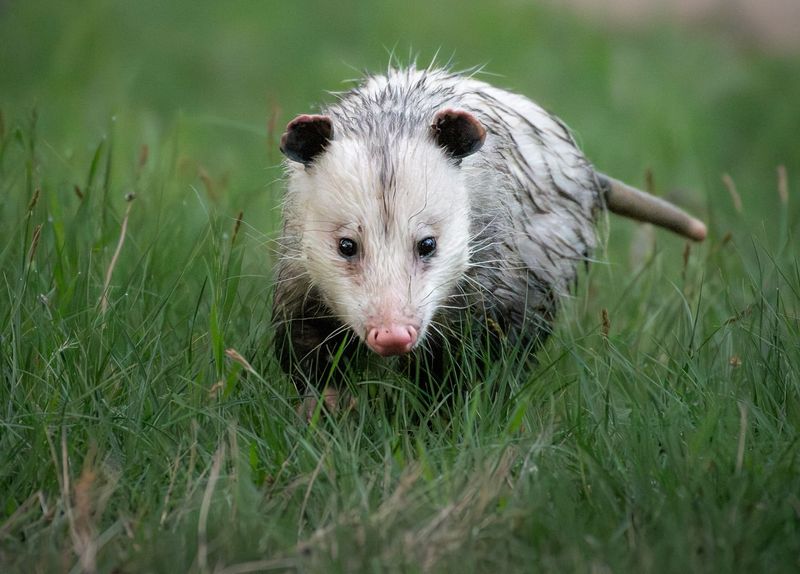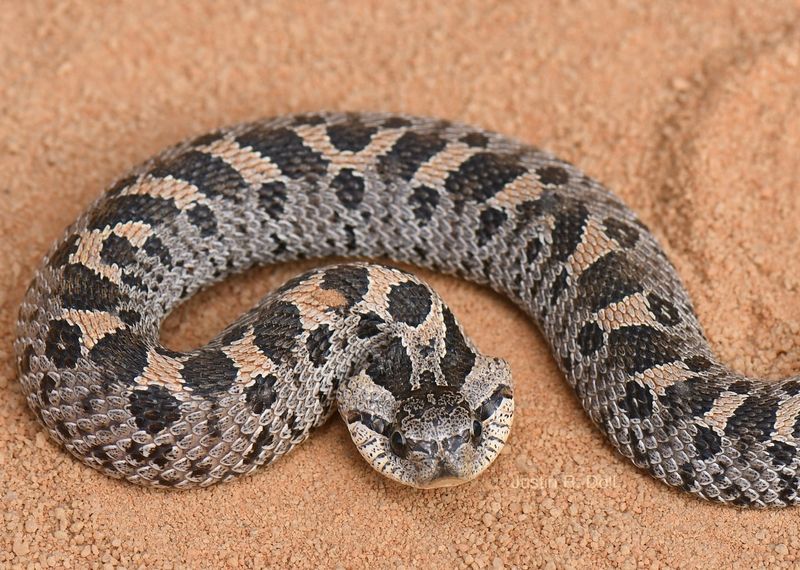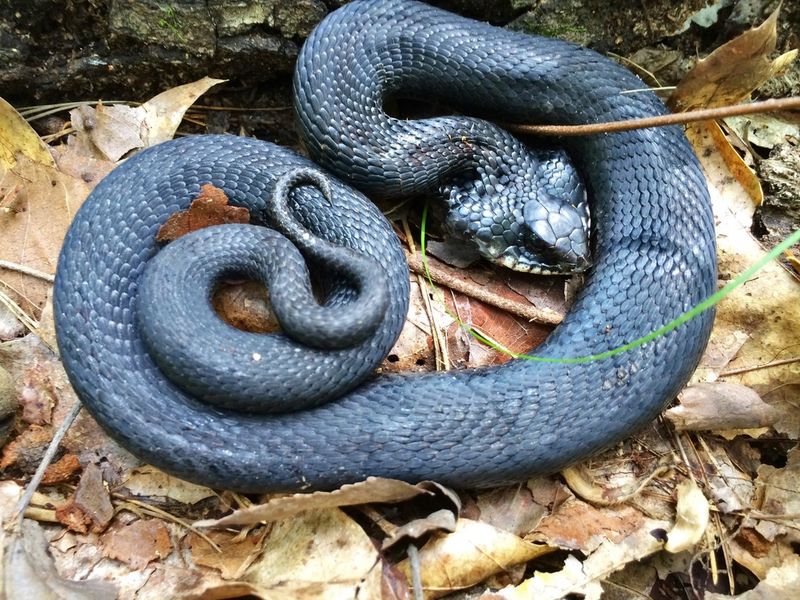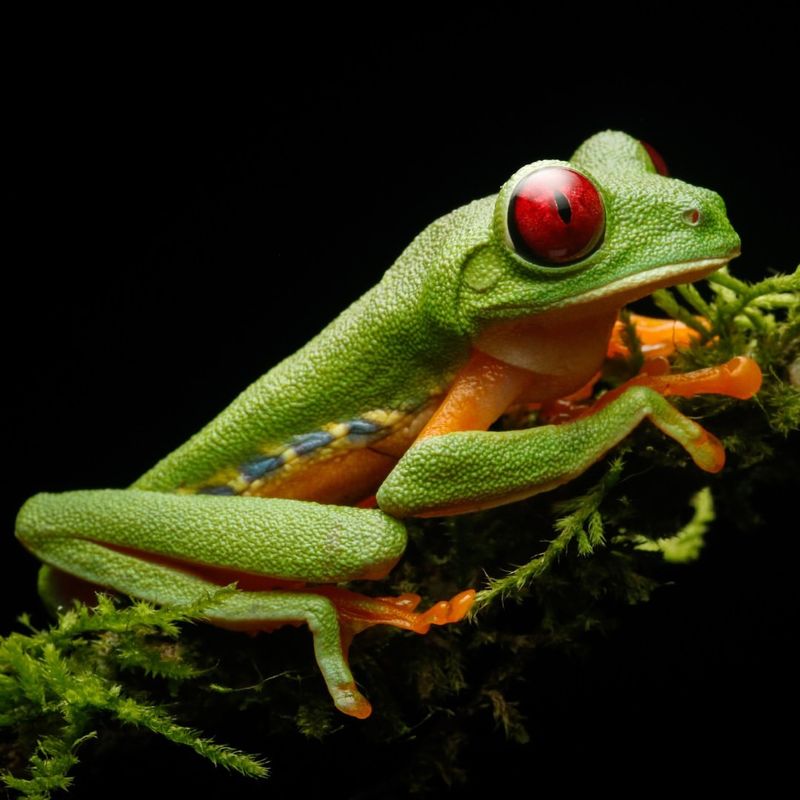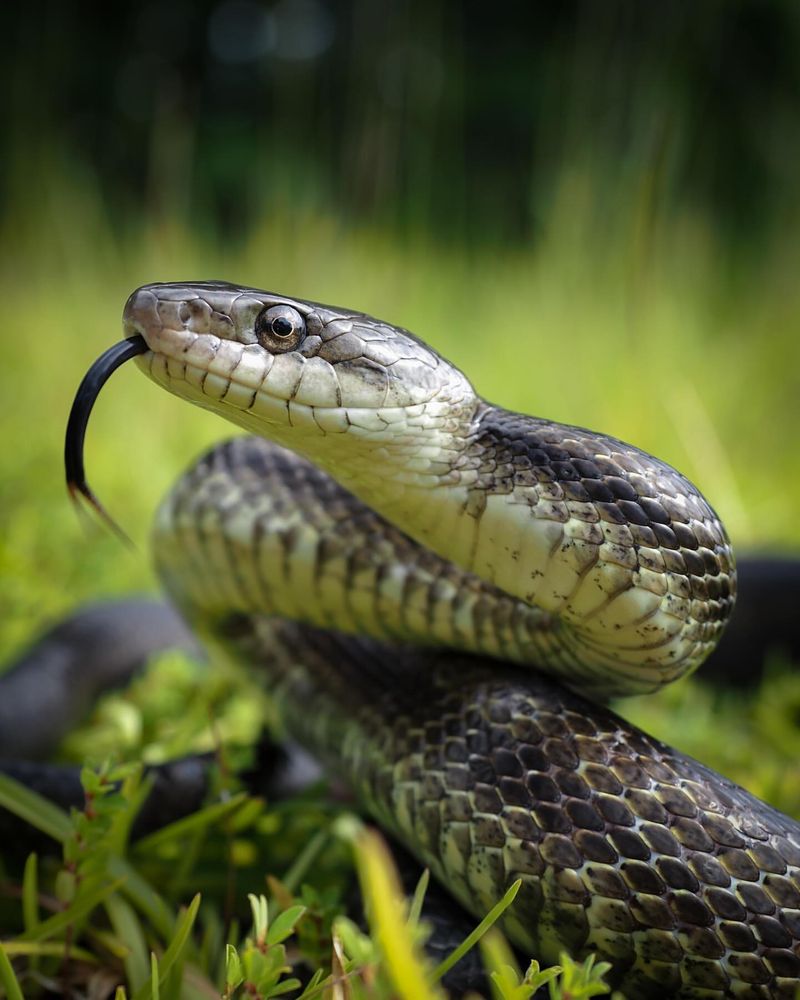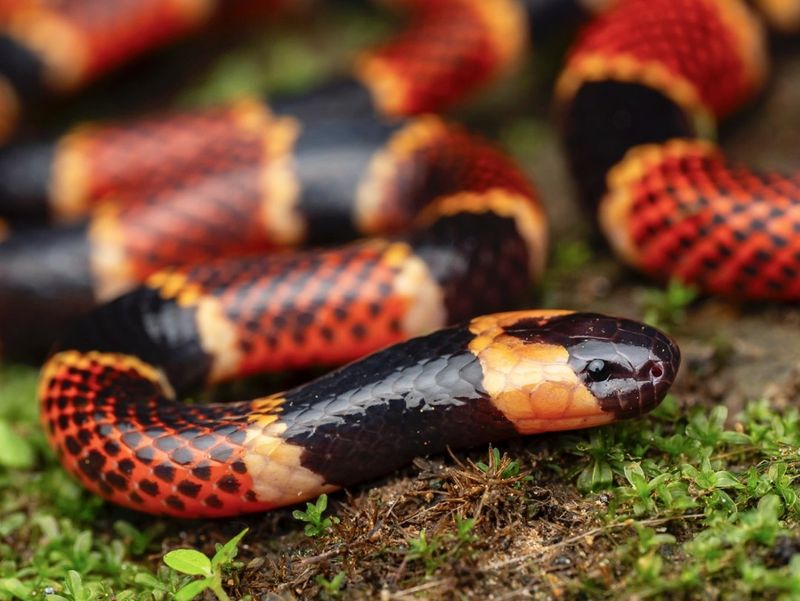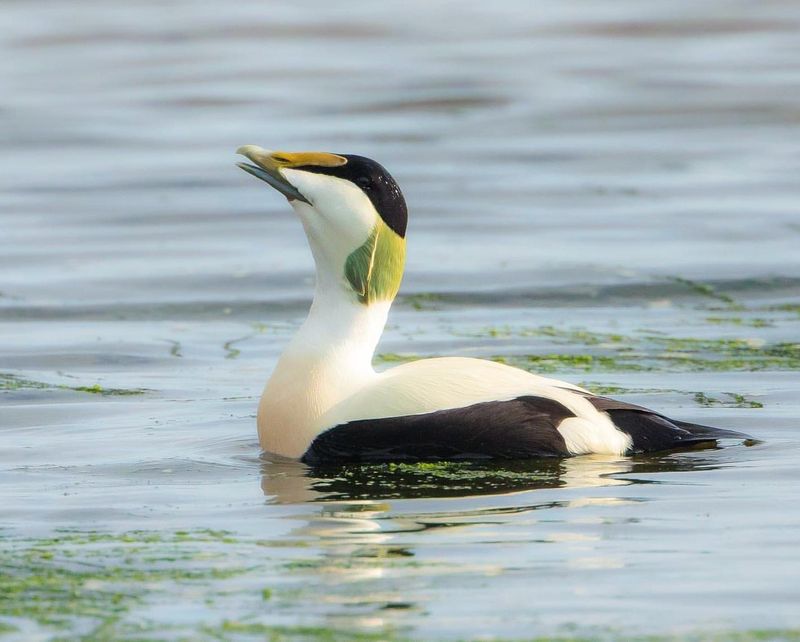📖 Table of Content:
Imagine walking through the woods and stumbling upon what looks like a lifeless opossum sprawled across the trail. You might feel a pang of sadness or curiosity, only to jump back in surprise as the “dead” animal suddenly springs to life and scurries away.
What just happened? You’ve witnessed one of nature’s most fascinating survival tactics: playing dead.
From opossums to snakes, the art of “playing dead”—or thanatosis, as scientists call it—is a strategy as dramatic as it is effective. But why do some animals rely on this peculiar performance? What makes lying motionless a better defense than fleeing or fighting?
The answer lies in the delicate dance of predator-prey relationships, where outsmarting an attacker often means surviving another day. So, with that in mind, let’s explore the 8 animals that use this cunning method to their advantage.
1. Virginia Opossum
The Virginia opossum, often simply called the opossum, is famous for its dramatic act of playing dead.
When threatened, this marsupial collapses, drools, emits a foul odor, and appears lifeless. This behavior, known as ‘playing possum,’ is involuntary and can last up to several hours. It confuses predators, giving the opossum a chance to escape once the danger has passed.
This act is not only about fooling predators; the opossum’s body also becomes stiff and unresponsive, which adds to the ruse. The opossum’s ability to mimic the appearance of a diseased or dead animal makes predators lose interest, as many prefer fresh prey.
This strategy is so effective that it has become a cultural reference for feigning innocence or avoiding conflict.
2. Hognose Snake
Known for its distinctive upturned snout, this snake employs a remarkable defense tactic. When threatened, it initially hisses, flattens its neck, and strikes without biting. If this fails, the snake resorts to playing dead.
It flips onto its back, opens its mouth, and lets its tongue hang out, convincingly portraying a lifeless creature.
This theatrical display often deters predators, who may be wary of consuming a dead snake due to potential spoilage. Unlike other snakes, the Hognose snake’s act includes emitting a foul smell, which enhances the illusion of decay.
The performance is so convincing that even if the snake is flipped back onto its belly, it will roll over again to maintain the deception.
3. Eastern Hog-Nosed Snake
Next up, we have another hog-nosed snake, this time the so-called eastern one. This species is a master of deception when it comes to deterring predators.
Initially, this snake displays an aggressive front, hissing loudly and spreading its neck to appear more intimidating. However, if the threat persists, it takes a dramatically different approach.
The snake flips onto its back, mouth agape, and tongue protruding to mimic death. This act is so convincing that it often deters predators who are cautious about dining on old or diseased prey. Adding to the charade, the snake may emit a foul odor, enhancing the illusion of being unappetizing.
4. Red-Eyed Tree Frog
Renowned for its vibrant colors and striking red eyes, this frog employs playing dead as a survival tactic, although it is a rare behavior among amphibians. When threatened, this frog remains absolutely still, simulating death to avoid detection by predators.
Its bright colors, usually a warning sign to potential threats, are suddenly hidden as the frog lies flat with limbs outstretched, appearing lifeless. This sudden change can confuse predators, giving the frog a chance to escape if the predator loses interest.
This tactic is particularly effective in the dense rainforests where the frog resides, as sudden movements can attract unwanted attention.
By remaining motionless, the Red-Eyed Tree Frog leverages its natural environment to enhance its chances of survival, demonstrating a fascinating adaptation among amphibian species.
5. European Grass Snake
The European Grass Snake, commonly found across Europe, has a unique approach to avoiding predation.
When threatened, it employs a variety of defensive strategies, culminating in playing dead. Initially, it releases a foul-smelling secretion to deter attackers. If this doesn’t work, the snake will flip onto its back and remain motionless.
Its body goes limp, mouth opens, and tongue dangles out, mimicking death convincingly. This behavior is often accompanied by the release of a musky odor, which adds to the illusion of decay. Predators, sensing something amiss, often abandon their pursuit.
6. Eastern Coral Snake
Our final snake on this list (we promise) is the Eastern Coral Snake, with its vivid red, yellow, and black bands. It’s mostly known for its potent venom; however, when cornered, it sometimes opts for a less confrontational approach—playing dead.
This snake curls up, hides its head under its coils, and remains motionless.
By doing so, it presents itself as less of a threat, discouraging predators who might be wary of attacking a potentially dangerous snake. This behavior is not as common as its other defensive tactics, but it serves as an additional strategy when needed.
The decision to play dead is a calculated risk, balancing the snake’s need to avoid injury with its natural defense mechanisms.
7. Bullfrog
This large amphibian, found in wetlands, occasionally employs playing dead as a defense strategy. Typically vocal and energetic, the Bullfrog can instantly switch to a state of complete stillness when faced with danger. By remaining motionless, it reduces its visibility to predators.
This behavior is particularly useful in its natural habitat, where blending into the muddy surroundings can mean the difference between life and death. Predators, seeing the inert frog, may assume it is either dead or not worth the effort, allowing the frog to avoid conflict.
Though not its primary defense mechanism, this tactic underscores the Bullfrog’s adaptability in the face of threats. By mimicking death, the Bullfrog demonstrates that sometimes the best action is inaction, a survival strategy that resonates throughout the animal kingdom.
8. Common Eider Duck
The Common Eider Duck, a sea duck known for its resilience in harsh climates, occasionally uses a surprising tactic to evade predators. When threatened, the duck may resort to playing dead, lying flat with its wings slightly spread and eyes closed.
This behavior can confuse predators, causing them to lose interest as they prefer live prey. The duck’s ability to remain still, even as danger looms, showcases a unique aspect of its survival strategy.
While not commonly observed, this tactic is part of a broader range of defensive behaviors the Common Eider employs. It highlights the duck’s adaptability and its ability to use deception as a means of protection.

